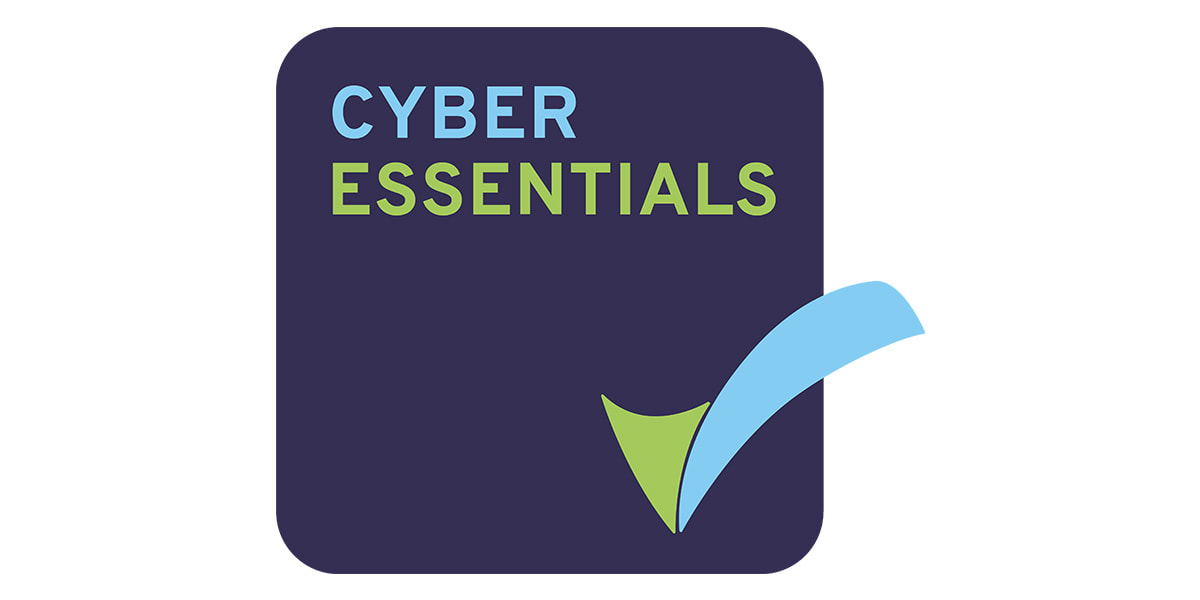Proposed RAI Bid Structure
Title:
- AutoDeclare AI System Safety: A Digital Equivalent Approach To Randomised a Control Trial
Objectives:
1. Evaluate AutoDeclare's Effectiveness: To assess how effectively AutoDeclare monitors and ensures AI system compliance with BS 30440 throughout the AI lifecycle.
2. Demonstrate Safety Across Contexts: To validate the safety and efficacy of AI systems in various healthcare settings, using methodologies equivalent to randomized control trials.
Scope:
1. Development of Test Protocols: Establish protocols that simulate randomized control trials, focusing on diverse healthcare contexts.
2. Integration with AutoDeclare: Implement AutoDeclare in the monitoring of AI systems during these test protocols.
3. Cross-Context Validation: Test AI systems in varied healthcare settings, such as hospitals, clinics, and remote care, to validate efficacy and safety.
4. Data Collection and Analysis: Collect and analyze data on the performance and compliance of AI systems, as monitored by AutoDeclare.
Methodology:
1. Simulated Randomized Control Trials: Create scenarios that mimic randomized control trials in different healthcare settings.
2. Continuous Monitoring: Use AutoDeclare to continuously monitor AI systems for compliance with BS 30440.
3. Data Analysis: Employ statistical methods to analyze the safety and effectiveness data collected.
4. Comparative Analysis: Compare AI systems monitored by AutoDeclare with those monitored by traditional methods.
Partners:
- Healthcare Institutions: To provide varied healthcare contexts for testing.
- Regulatory Bodies: For oversight and validation of the trial protocols.
- Data Science and AI Ethics Experts: To ensure robust methodology and ethical considerations.
Outputs:
1. Detailed Reports on AI System Performance: As monitored by AutoDeclare in different settings.
2. Comparative Analysis: Between AutoDeclare-monitored systems and traditionally monitored systems.
3. Recommendations for Improvements: Based on the test outcomes, for both AutoDeclare and the AI systems.
Outcomes:
1. Validated Monitoring System: Proof of AutoDeclare's effectiveness in ensuring AI system safety and compliance.
2. Enhanced AI System Safety Standards: Evidence-based insights into improving AI system safety in healthcare.
3. Framework for Future Validation: A model for validating AI systems in healthcare akin to randomized control trials.
Budget Considerations:
- Research and Development: Costs for developing and implementing test protocols.
- Partnership and Collaboration: Expenses related to working with healthcare institutions and experts.
- Data Analysis and Reporting: Resources for data collection, analysis, and report generation.
Compliance and Standards:
- Adherence to Regulatory Standards: Ensure all activities comply with healthcare regulations and ethical standards.
- Alignment with BS 30440: Continuous alignment with BS 30440 standards through the use of AutoDeclare.
Evaluation Metrics:
- Compliance Rate: Measure the frequency and severity of deviations from BS 30440.
- Safety and Efficacy: Statistical analysis of AI systems' performance in different healthcare contexts.
- AutoDeclare AI System Safety: A Digital Equivalent Approach To Randomised a Control Trial
Objectives:
1. Evaluate AutoDeclare's Effectiveness: To assess how effectively AutoDeclare monitors and ensures AI system compliance with BS 30440 throughout the AI lifecycle.
2. Demonstrate Safety Across Contexts: To validate the safety and efficacy of AI systems in various healthcare settings, using methodologies equivalent to randomized control trials.
Scope:
1. Development of Test Protocols: Establish protocols that simulate randomized control trials, focusing on diverse healthcare contexts.
2. Integration with AutoDeclare: Implement AutoDeclare in the monitoring of AI systems during these test protocols.
3. Cross-Context Validation: Test AI systems in varied healthcare settings, such as hospitals, clinics, and remote care, to validate efficacy and safety.
4. Data Collection and Analysis: Collect and analyze data on the performance and compliance of AI systems, as monitored by AutoDeclare.
Methodology:
1. Simulated Randomized Control Trials: Create scenarios that mimic randomized control trials in different healthcare settings.
2. Continuous Monitoring: Use AutoDeclare to continuously monitor AI systems for compliance with BS 30440.
3. Data Analysis: Employ statistical methods to analyze the safety and effectiveness data collected.
4. Comparative Analysis: Compare AI systems monitored by AutoDeclare with those monitored by traditional methods.
Partners:
- Healthcare Institutions: To provide varied healthcare contexts for testing.
- Regulatory Bodies: For oversight and validation of the trial protocols.
- Data Science and AI Ethics Experts: To ensure robust methodology and ethical considerations.
Outputs:
1. Detailed Reports on AI System Performance: As monitored by AutoDeclare in different settings.
2. Comparative Analysis: Between AutoDeclare-monitored systems and traditionally monitored systems.
3. Recommendations for Improvements: Based on the test outcomes, for both AutoDeclare and the AI systems.
Outcomes:
1. Validated Monitoring System: Proof of AutoDeclare's effectiveness in ensuring AI system safety and compliance.
2. Enhanced AI System Safety Standards: Evidence-based insights into improving AI system safety in healthcare.
3. Framework for Future Validation: A model for validating AI systems in healthcare akin to randomized control trials.
Budget Considerations:
- Research and Development: Costs for developing and implementing test protocols.
- Partnership and Collaboration: Expenses related to working with healthcare institutions and experts.
- Data Analysis and Reporting: Resources for data collection, analysis, and report generation.
Compliance and Standards:
- Adherence to Regulatory Standards: Ensure all activities comply with healthcare regulations and ethical standards.
- Alignment with BS 30440: Continuous alignment with BS 30440 standards through the use of AutoDeclare.
Evaluation Metrics:
- Compliance Rate: Measure the frequency and severity of deviations from BS 30440.
- Safety and Efficacy: Statistical analysis of AI systems' performance in different healthcare contexts.

